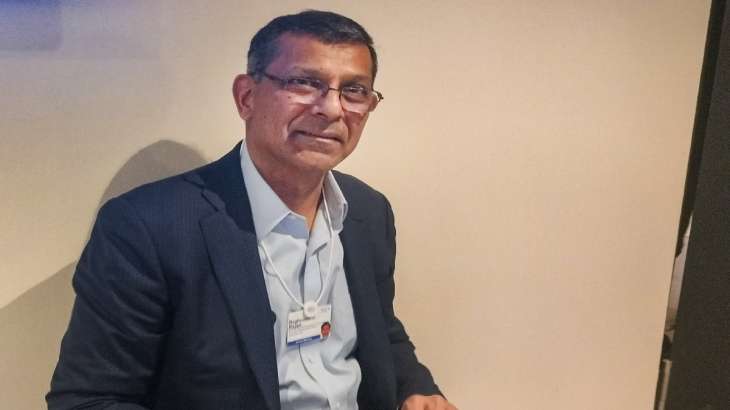
India is “dangerously close” to the Hindu rate of growth, former Reserve Bank of India (RBI) governor Raghuram Rajan has warned after GDP growth slowed to 4.4 per cent in the third quarter of the current fiscal. . In Rajan’s view, private sector investment, high interest rates and slow global growth are the factors affecting the economy.
In an interview with PTI, Raghuram Rajan said, “Of course, optimists will point to an upward revision in the previous GDP number, but I am worried about a sequential slowdown. With the private sector reluctance to invest, the RBI is now is also raising rates, and with global growth likely to slow later in the year, I’m not sure where we’ll find additional growth momentum.”
“I worry that at first we will be lucky if we achieve 5 per cent growth. The latest October-December Indian GDP numbers (4.4 per cent a year ago and 1 per cent relative to the previous quarter) suggest slower growth than the top numbers. in the first half of the year,” Rajan said.
“My apprehensions were not misplaced. The RBI has forecast a contraction of 4.2 per cent for the last quarter of this fiscal. At this point, the average annual growth for the October-December quarter relative to the corresponding pre-pandemic quarter 3 years ago 3.7 per cent,” he said.
“This is dangerously close to our old Hindu rate of growth! We must do better.”
What is the Hindu rate of development?
The Hindu rate of growth is a term describing the low Indian economic growth rate from the 1950s to the 1980s, which averaged around 4 percent. The term was coined in 1978 by Raj Krishna, an Indian economist, to describe slow growth.
However, Rajan noted that while the government is playing its part on the infrastructure front, its manufacturing sector is yet to pick up.
Rajan said the bright spot among this has been to add services, “that seem less central to government efforts.”
Speaking on the government’s Production Linked Incentive (PLI) scheme, Rajan said, “…a sensible assessment would ask how many jobs are being created and at what cost per job.”
“Similarly, government spokespeople point to an increase in cell phone exports as evidence that the plan is working. But if we’re subsidizing every cell phone exported, that’s an obvious consequence. Important question.” That is how much value has been added in India. It has turned out to be very less so far,” he said.
“Except that, we have also spent money on subsidies. Foxconn has announced a big factory to make components, but they are saying they will invest for a long time. I think the PLI scheme We need a lot more evidence before we can celebrate success.” ” They said.
“We need to work on both manufacturing and services to create the jobs we need, and fortunately, many of the inputs to both (services and manufacturing) require schooling, skills,” he said.
Raghuram Rajan also noted that most developed economies in the world are largely service economies, therefore, India can become a large economy without being a major manufacturing hub.
,With inputs from PTI,
read also , EAM Jaishankar ‘does not understand China threat’: Rahul Gandhi in London
read also , Congress is preparing major changes in the party organization before 2024 Lok Sabha elections: Sources